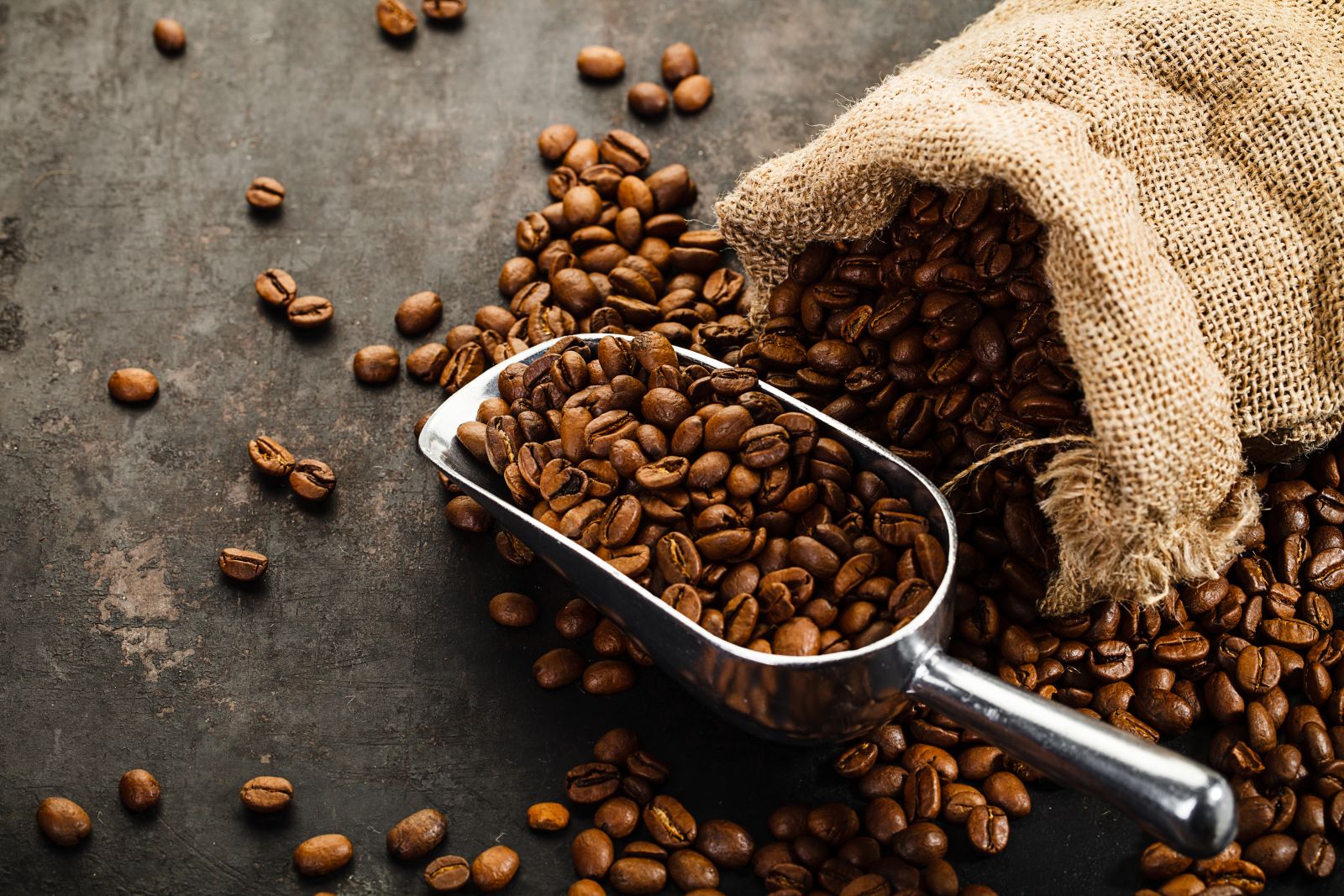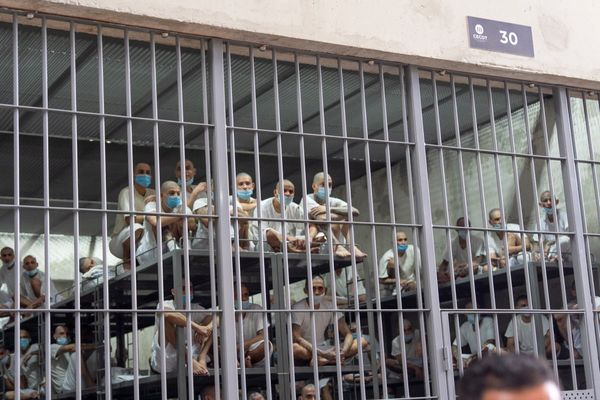
July arabica coffee (KCN24) on Wednesday closed down -0.65 (-0.30%), and July ICE robusta coffee (RMN24) closed down -43 (-1.07%).
Coffee prices Wednesday gave up early gains, dropped to new 2-week lows, and settled moderately lower. A rebound in ICE coffee supplies weighed on prices after ICE-monitored arabica coffee inventories rose to a 1-year high on Wednesday, and ICE-monitored robusta coffee inventories rose to a 5-month high.
A bout of short covering Wednesday initially pushed coffee prices higher after updated weather forecasts reduced the chances for rain in Brazil next week.
Dryness in Brazil that could reduce coffee yields supports prices after Somar Meteorologia reported Monday that Brazil's Minas Gerais region received no rainfall or 0% of the historical average in the past week. Minas Gerais accounts for about 30% of Brazil's arabica crop.
On April 18, arabica coffee posted a new 2-year high, and nearest-futures (K24) robusta coffee posted a new all-time high last Thursday. Coffee prices have surged over the past two months due to crop concerns in Brazil and Vietnam. Robusta coffee continues to surge to new record highs on fears that excessive dryness in Vietnam will limit the country's robusta coffee production.
Tight robusta coffee supplies from Vietnam, the world's largest producer of robusta coffee beans, are a major bullish factor. On March 26, Vietnam's agriculture department projected that Vietnam's coffee production in the 2023/24 crop year would drop by -20% to 1.472 MMT, the smallest crop in four years, due to drought. Also, the Vietnam Coffee Association said that Vietnam's 2023/24 coffee exports would drop -20% y/y to 1.336 MM. In addition, Marex Group Plc forecasts a global 2024/25 robusta coffee deficit of -2.7 million bags due to reduced output in Vietnam.
Coffee inventories have rebounded from historically low levels. ICE-monitored robusta coffee inventories on February 21 fell to a record low of 1,958 lots, although they recovered to a 5-month high Wednesday of 3,945 lots. Also, ICE-monitored arabica coffee inventories fell to a 24-year low of 224,066 bags on November 30, but they recovered to a 1-year high Wednesday of 667,376 bags.
There has recently been some bearish export news. Cecafe reported on April 10 that Brazil's Mar green coffee exports jumped +41% y/y to 3.9 million bags. Brazil is the world's largest producer of arabica coffee beans. Also, Brazil's exporter group Comexim, on February 1, raised its Brazil 2023/24 coffee export estimate to 44.9 million bags from a previous estimate of 41.5 million bags. The International Coffee Association (ICO) on April 15 reported that global coffee exports in Feb rose +6.8% y/y to 11.33 million bags, and total 2023/24 global coffee exports from Oct-Feb rose +11.1% y/y to 56.2 million bags. In a bearish factor for robusta, Vietnam's General Statistics Office on Monday reported that Vietnam's Apr coffee exports rose +3.9% y/y to 170,000 MT, and Vietnam's Jan-Apr coffee exports are up +5.4% y/y to 756,000 MT.
This past year's El Nino weather event has been bullish for coffee prices. An El Nino pattern typically brings heavy rain to Brazil and drought to India, negatively impacting coffee crop production. The El Nino event has brought drought to Vietnam's coffee areas this year, according to an official from Vietnam's Institute of Meteorology, Hydrology, and Climate Change.
In a bearish factor, the International Coffee Organization (ICO) projected on December 5 that 2023/24 global coffee production would climb +5.8% y/y to 178 million bags due to an exceptional off-biennial crop year. ICO also projects global 2023/24 coffee consumption will rise +2.2% y/y to 177 million bags, resulting in a 1 million bag coffee surplus.
The USDA's Foreign Agriculture Service (FAS), in its biannual report released on December 21, projected that world coffee production in 2023/24 will increase +4.2% y/y to 171.4 million bags, with a +10.7% increase in arabica production to 97.3 million bags, and a -3.3% decline in robusta production to 74.1 million bags. The USDA's FAS forecasts that 2023/24 ending stocks will fall by -4.0% to 26.5 million bags from 27.6 million bags in 2022-23. The USDA's FAS projects that Brazil's 2023/24 arabica production would climb +12.8% y/y to 44.9 mln bags due to higher yields and increased planted acreage. The USDA's FAS also forecasts that 2023/24 coffee production in Colombia, the world's second-largest arabica producer, will climb +7.5% y/y to 11.5 mln bags.
On the date of publication, Rich Asplund did not have (either directly or indirectly) positions in any of the securities mentioned in this article. All information and data in this article is solely for informational purposes. For more information please view the Barchart Disclosure Policy here.






